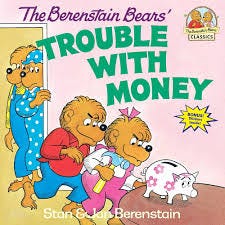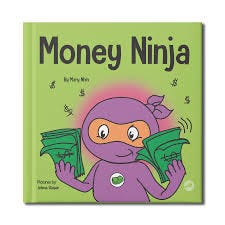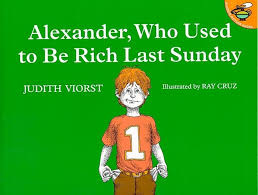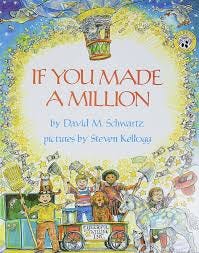Raising Money-Smart Kids
Part 1: 5 Books to Build Strong Financial Foundations
At Sandbox, we often talk about how time in the market matters more than timing the market. The same goes for financial education: the earlier you start, the greater the compounding effect.
Money habits form surprisingly young, and the stories we tell our children about saving, spending, and sharing can shape how they think about money for life.
Here are five of my favorite beginner books to help children build healthy money mindsets. Each is fun, age-appropriate, and an easy way to start family conversations about money.
🐻 The Berenstain Bears’ Trouble with Money
Ages 4–8
When Brother and Sister Bear start running short on cash, they learn that earning, saving, and sharing are all part of being responsible with money. This timeless story introduces the basic concept of value — that money is earned, not endless, and that choices matter.
💰 Money Ninja: A Children’s Book About Saving, Investing, and Donating
Ages 5–9
Part of the Ninja Life Hacks series, this one teaches the “three S’s”: Save it, Spend it wisely, and Share it. With bright illustrations and simple lessons, it helps kids see that money is a tool, not just something to spend, and that giving can be just as rewarding as getting.
🧮 Rock, Brock, and the Savings Shock by Sheila Bair
Ages 6–10
Twin brothers Rock and Brock receive matching weekly allowances, but one spends while the other saves. When their grandfather adds “interest” to Brock’s savings, kids see how consistency and patience can make money grow. It’s an excellent early lesson in compound interest.
😬 Alexander, Who Used to Be Rich Last Sunday by Judith Viorst
Ages 5–9
Alexander gets a dollar from his grandparents and quickly spends it all, with plenty of regret. Through humor and honesty, children learn that impulsive spending has consequences and that saving up can feel even better than instant gratification.
💵 If You Made a Million by David M. Schwartz
Ages 7–11
This classic explores what it means to earn, save, and invest money in ways kids can visualize. It even explains interest and dividends through colorful, imaginative examples that make big financial ideas fun and easy to grasp.
💡 Final Thoughts
Each of these stories introduces the basics — earning, saving, spending, and patience — in a way that connects with a child’s imagination. Read one together each month and talk about how the lessons apply to real life, whether it’s allowance, birthday money, or saving for something special.
Financial literacy doesn’t begin with bank accounts or investment apps. It begins with curiosity, conversation, and a good story.







